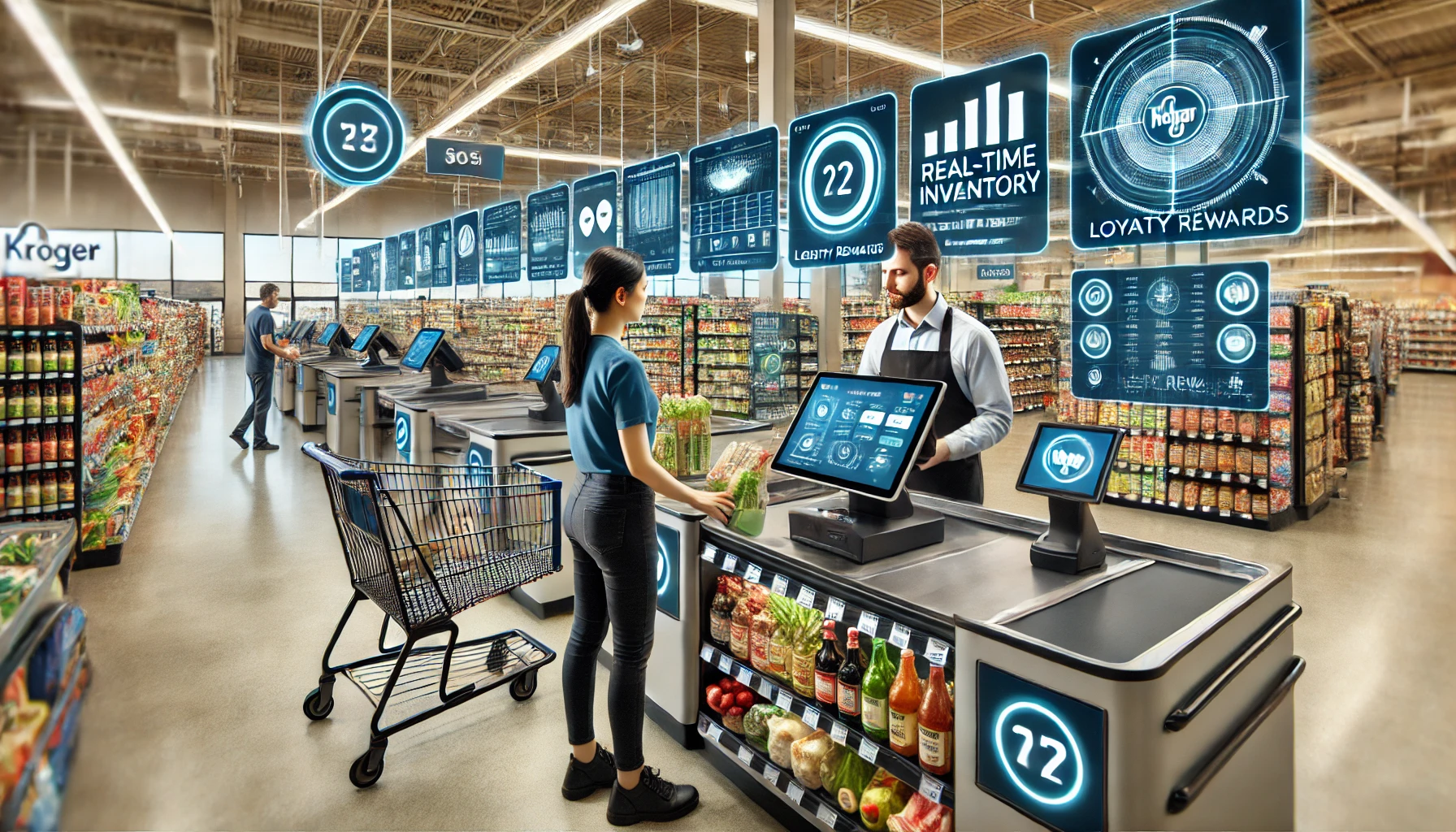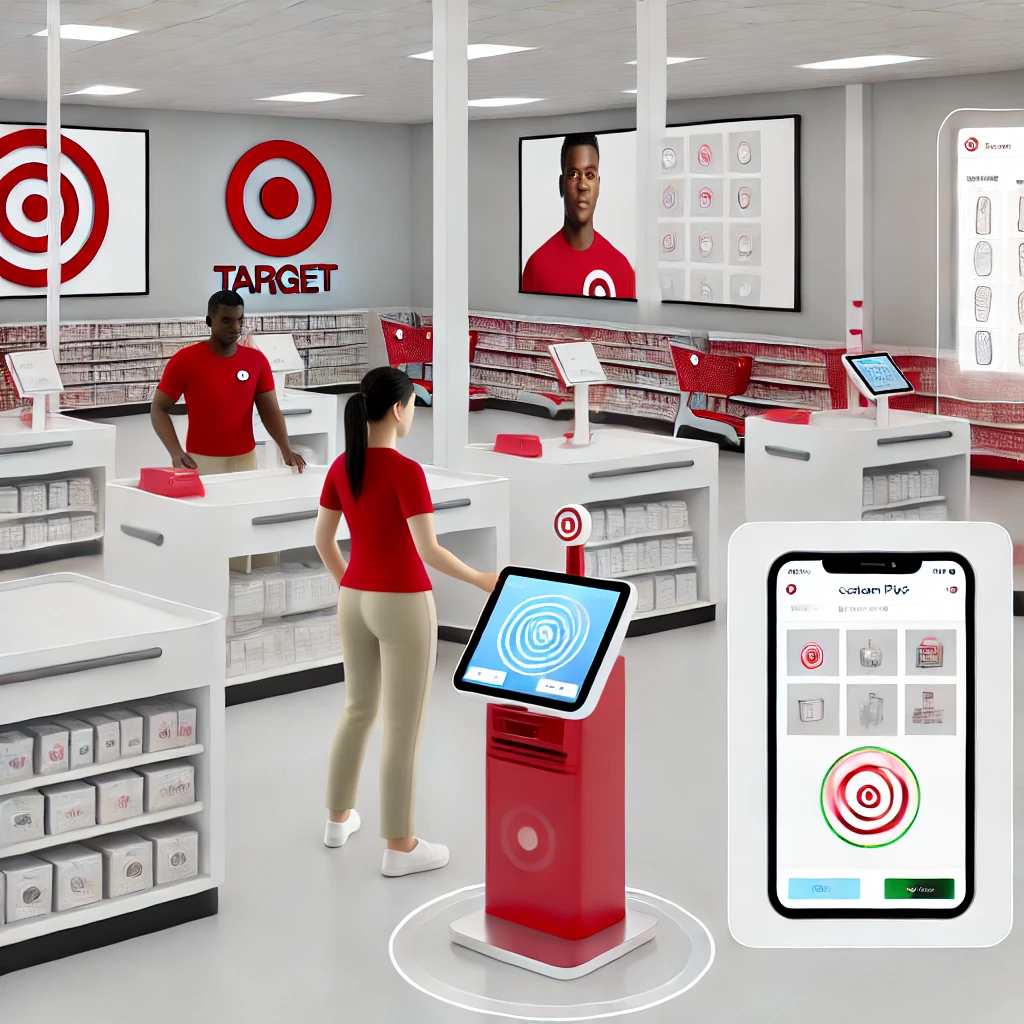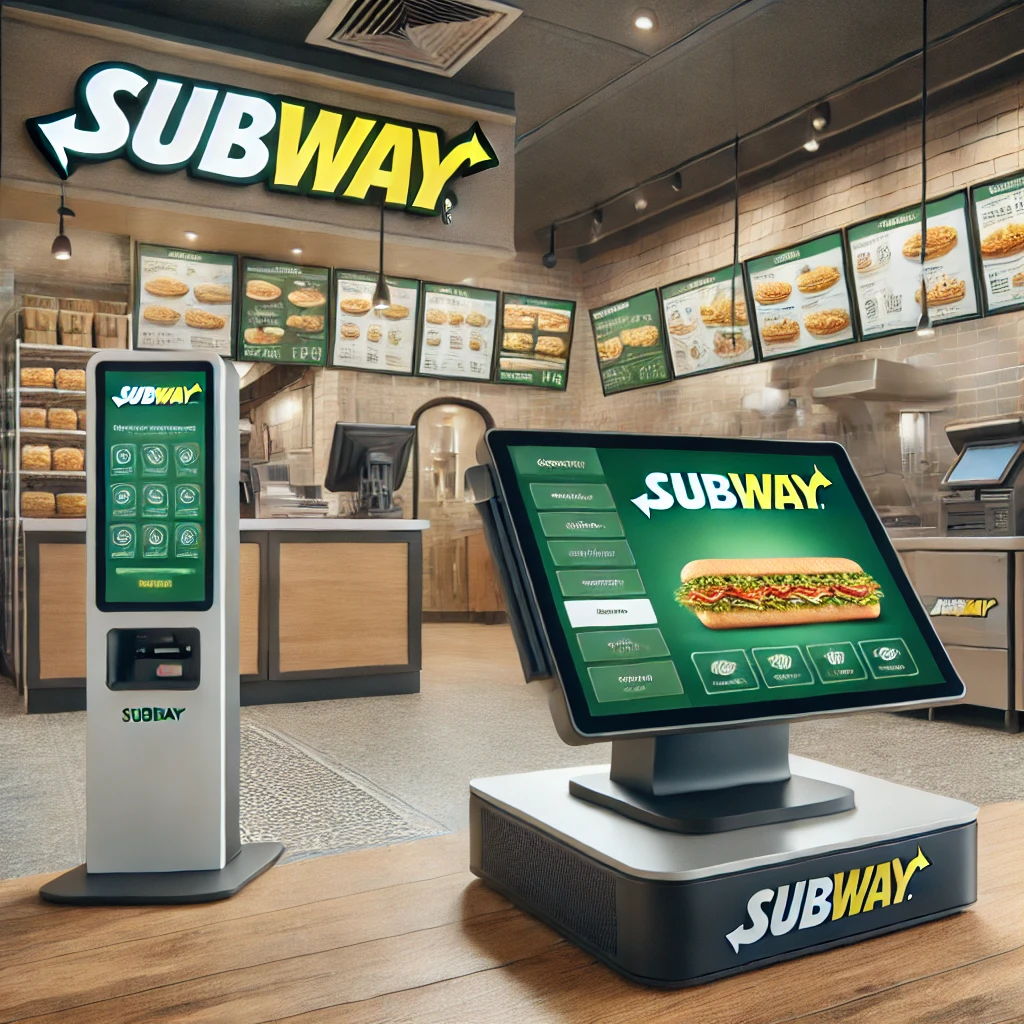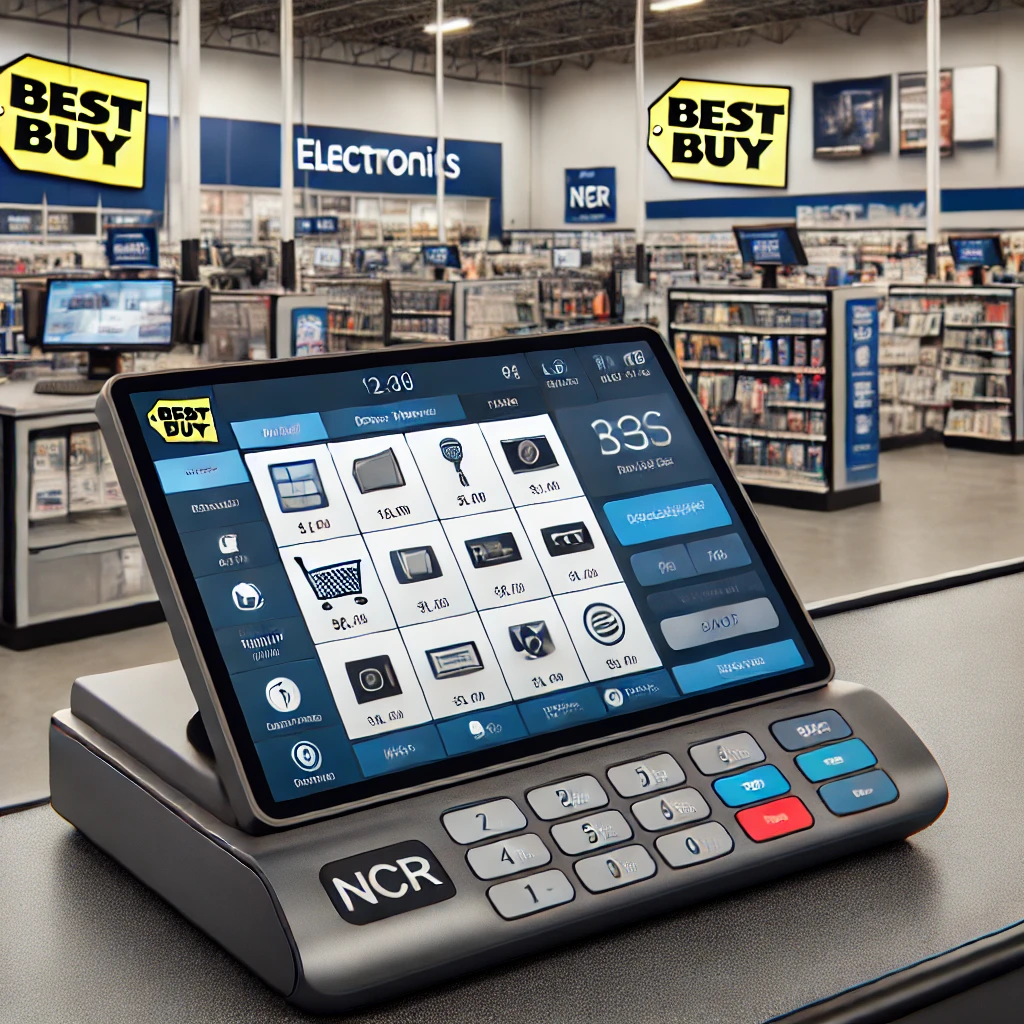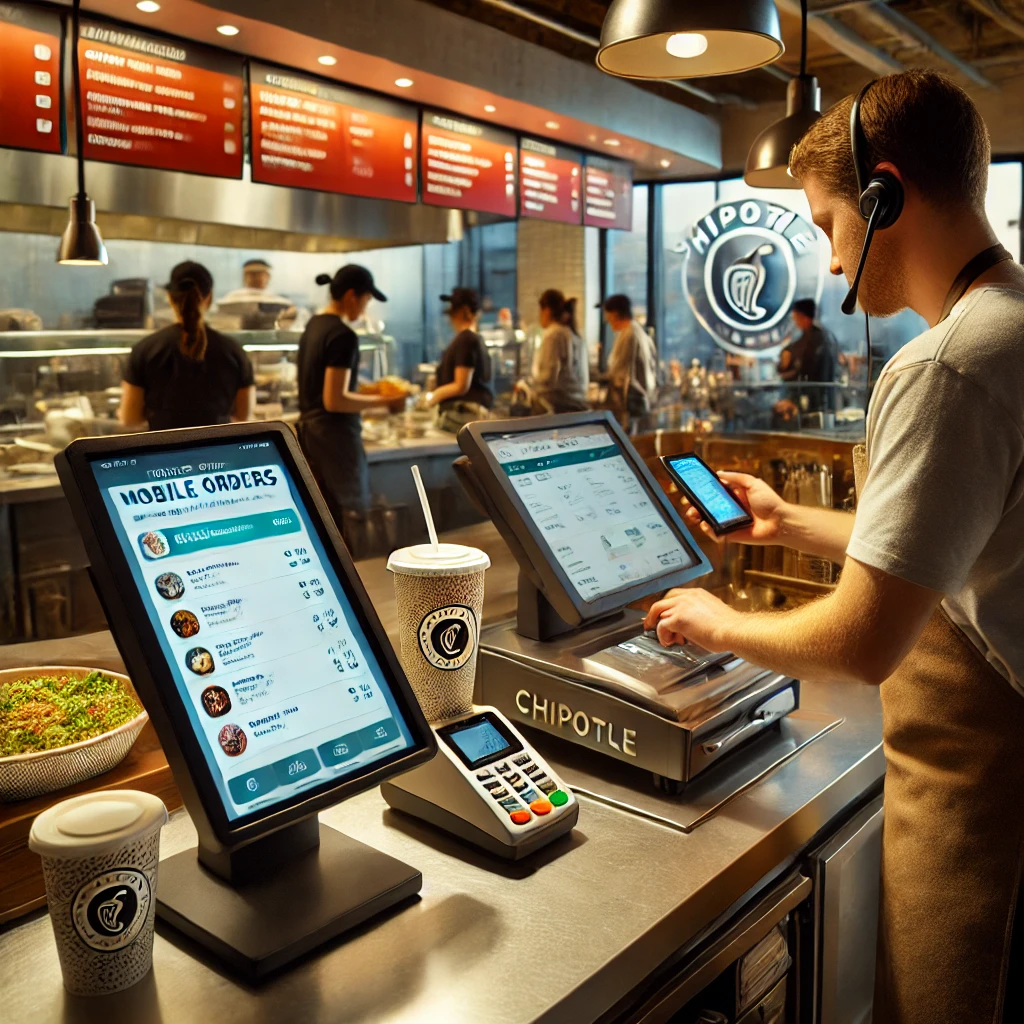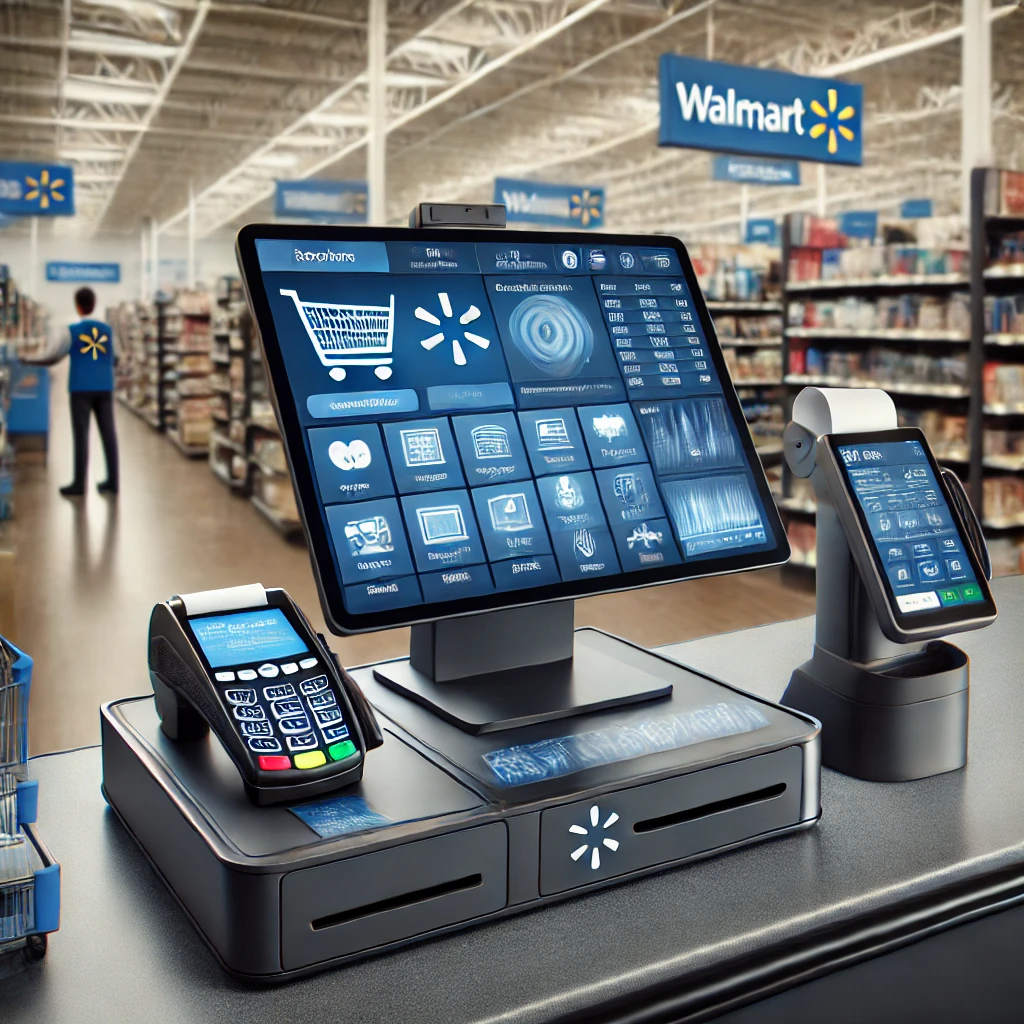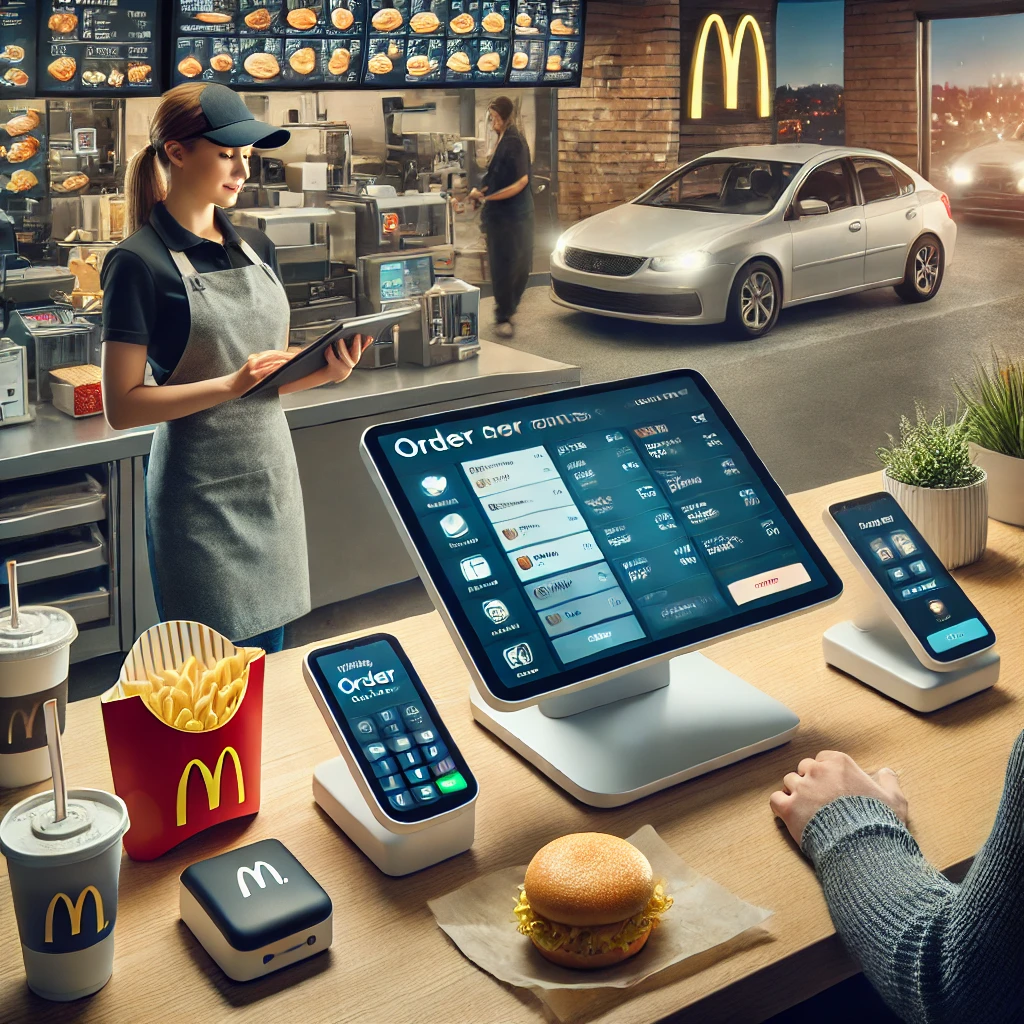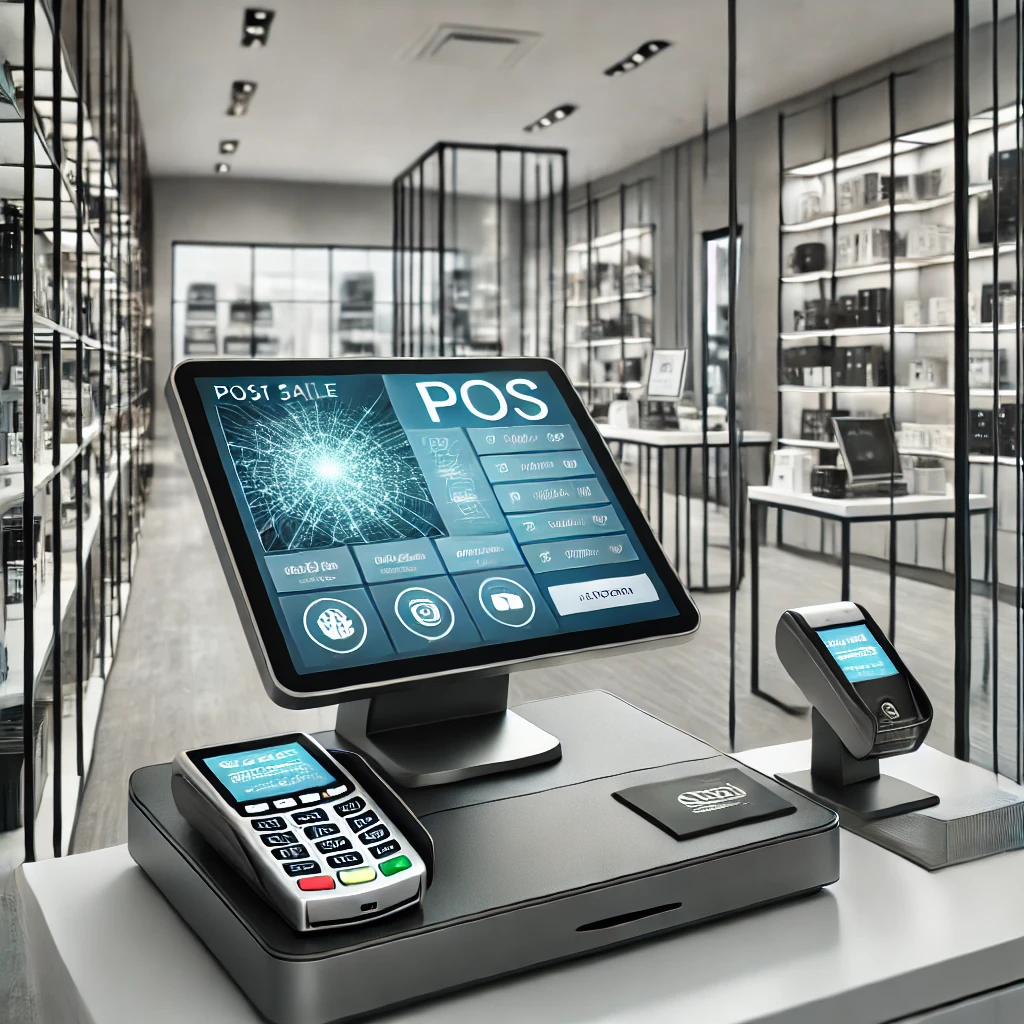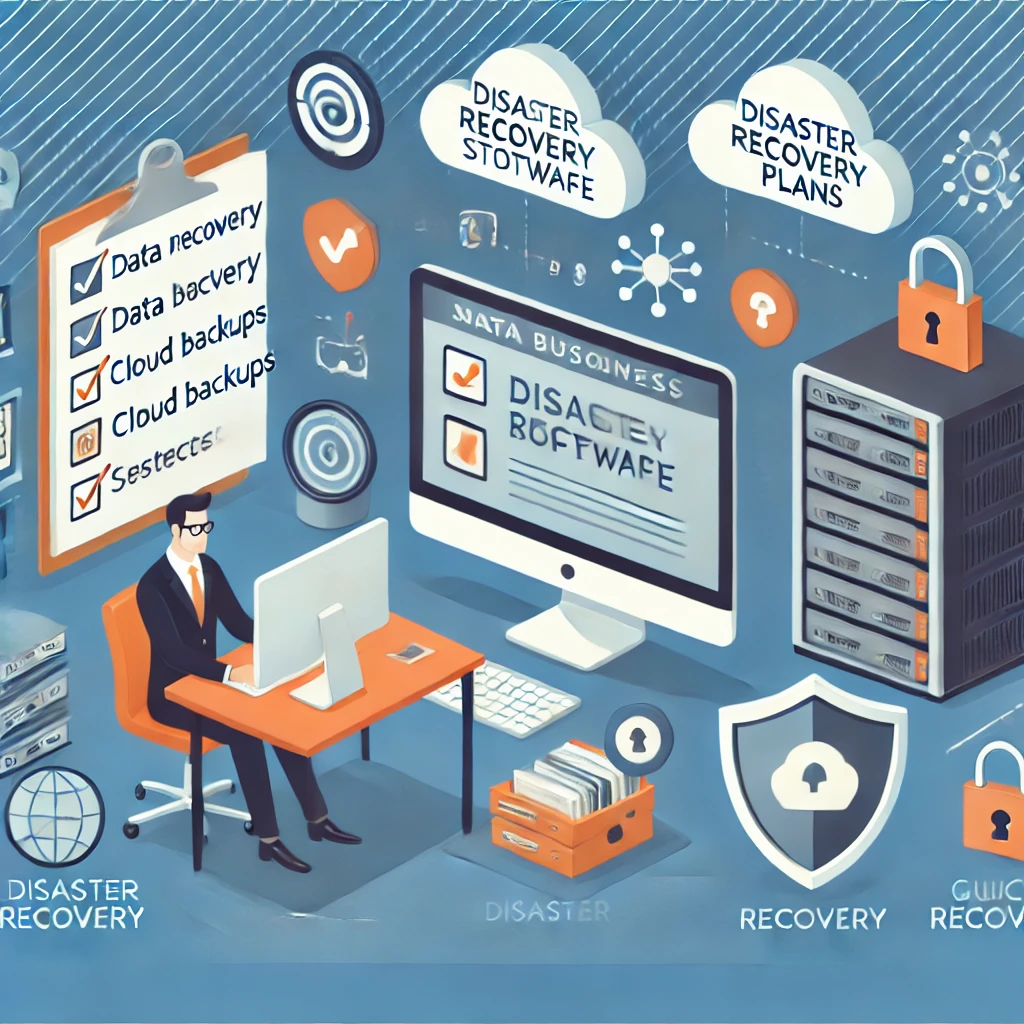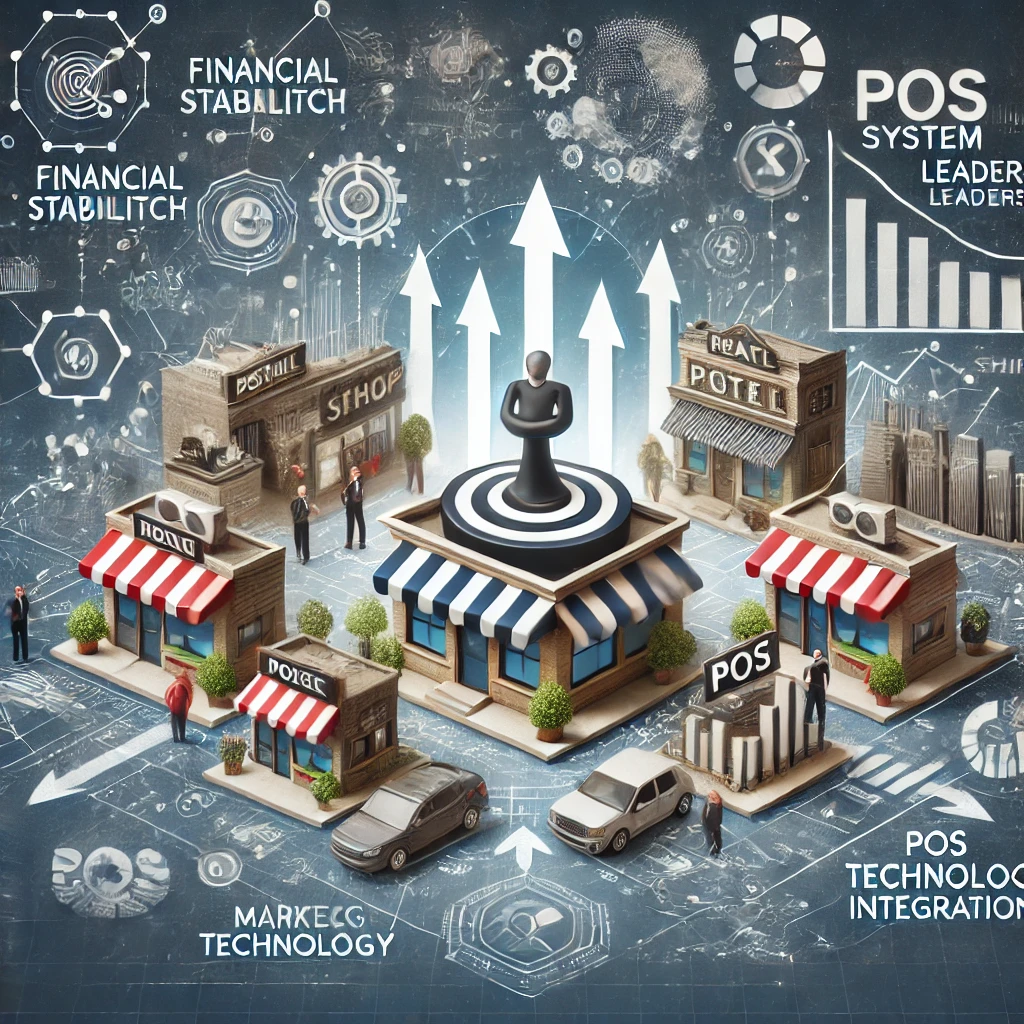The POS Solution That Drives Kroger’s Efficiency
"What POS Software Does Kroger Use?" When it comes to grocery retail, Kroger stands out as a leader. Operating nearly 2,800 stores across the United States, they’re known for efficient operations, customer-focused service, and strategic use of technology. Behind the scenes, Kroger relies on a highly customized POS (Point of Sale) software solution that does more than just process transactions. This article delves into the specific ways Kroger’s POS technology, developed in partnership with OneView Commerce, supports efficiency, enhances the customer experience, and helps manage extensive inventory needs. Why Kroger Invests in Custom POS Technology Grocery retail presents unique operational challenges. With constant customer flow, complex inventory needs, and the critical importance of minimizing checkout times, having the right POS solution is essential. Kroger’s collaboration with OneView Commerce has produced a next-gen POS system designed specifically to handle these demands. Their POS system does more than facilitate transactions—it serves as the technological backbone for operations, linking sales, inventory, and customer data in real-time. For other retailers looking to enhance efficiency, Kroger’s example demonstrates the advantages [...]

